Home>Construction & Tools>Building Materials>What Causes Cracks In Brick Walls
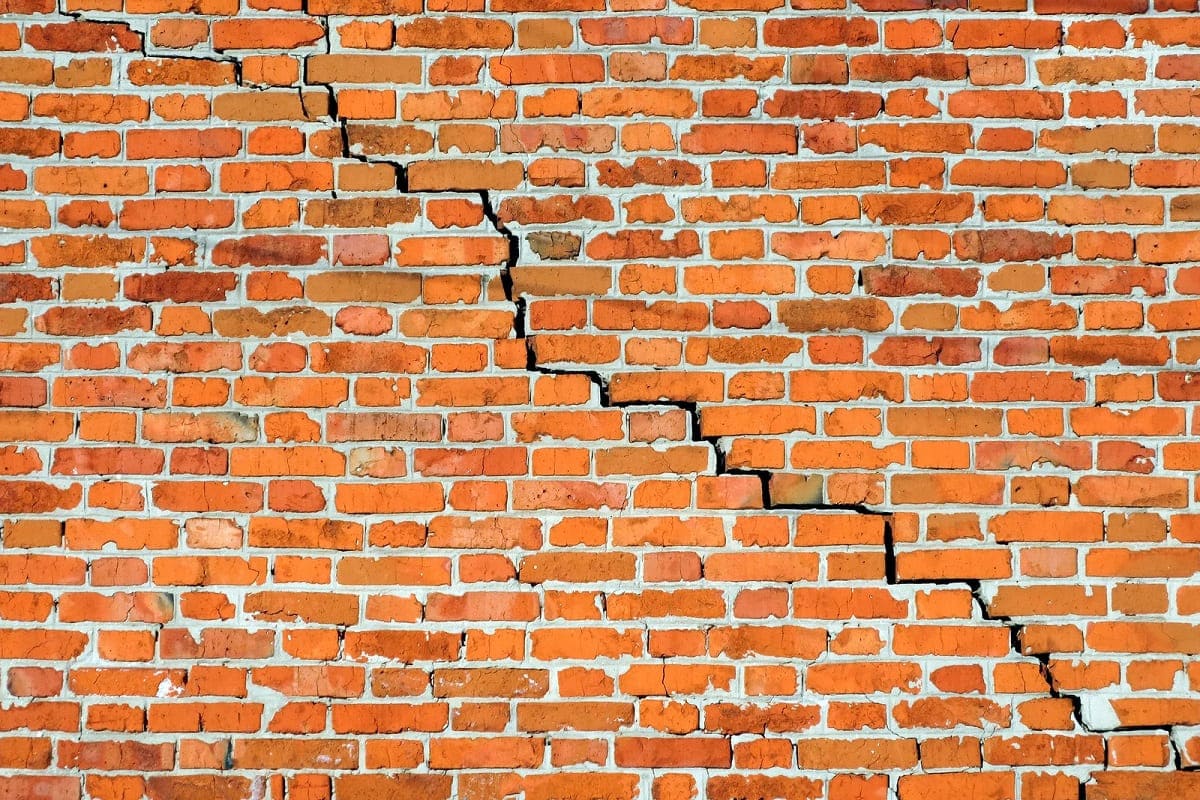

Building Materials
What Causes Cracks In Brick Walls
Published: January 23, 2024
Learn about the common reasons for cracks in brick walls and how building materials play a crucial role in their prevention and repair. Gain insights into maintaining the structural integrity of your property.
(Many of the links in this article redirect to a specific reviewed product. Your purchase of these products through affiliate links helps to generate commission for Storables.com, at no extra cost. Learn more)
Introduction
Cracks in brick walls are a common issue that many homeowners and building owners face. While bricks are known for their durability and longevity, they are still susceptible to cracking under certain circumstances. Understanding the causes of these cracks is essential for both preventing and repairing them effectively.
In this comprehensive guide, we will delve into the various types of cracks that can occur in brick walls, explore the common factors that contribute to their formation, and discuss preventive measures and repair solutions. By gaining insight into the root causes of these cracks, you can take proactive steps to maintain the structural integrity and aesthetics of your brick walls.
Whether you're a homeowner, a contractor, or simply someone interested in the intricacies of building materials, this article will provide valuable knowledge about the fascinating world of brick walls and the factors that influence their condition. So, let's embark on this enlightening journey to unravel the mysteries of cracks in brick walls and equip ourselves with the wisdom to address them effectively.
Key Takeaways:
- Understanding the different types of cracks in brick walls, from stair-step to map cracks, helps identify underlying issues and take appropriate action for prevention and repair.
- Environmental and structural factors, such as moisture, soil movement, and inadequate reinforcement, contribute to crack formation. Implementing preventive measures and timely repairs can preserve the integrity of brick walls.
Read more: What Causes Cracks In Driveway
Types of Cracks
Cracks in brick walls can manifest in various forms, each indicative of different underlying issues. Understanding the different types of cracks is crucial for accurately diagnosing the root cause and determining the appropriate course of action. Here are some common types of cracks that may appear in brick walls:
- Stair-Step Cracks: These cracks resemble a flight of stairs, with the mortar joints following a diagonal pattern. They often indicate foundation settlement or structural movement, especially in older buildings.
- Horizontal Cracks: Horizontal cracks typically signify excessive lateral pressure exerted on the wall, often due to expansive soil or poor drainage. These cracks can compromise the wall’s stability and should be addressed promptly.
- Vertical Cracks: Vertical cracks are commonly caused by the natural settling of the building or thermal expansion and contraction. While small vertical cracks may be normal, larger ones may indicate more serious structural issues.
- Step Cracks: These cracks occur near the corners of windows and doors, resembling a staircase pattern. They are often a sign of foundation settlement or inadequate reinforcement around openings.
- Map Cracks: Map cracks form a pattern resembling intersecting lines on a map. They are typically caused by excessive moisture, thermal stress, or inadequate wall support.
- Diagonal Cracks: Diagonal cracks can be a result of differential settlement, where one part of the wall settles more than another. These cracks may indicate soil movement, structural instability, or inadequate foundation design.
By recognizing the distinct characteristics of each type of crack, you can gain valuable insights into the underlying issues affecting your brick walls. In the subsequent sections, we will explore the common causes of these cracks and discuss effective measures to prevent their occurrence.
Common Causes of Cracks
Understanding the common causes of cracks in brick walls is essential for implementing effective preventive measures and carrying out successful repairs. Several factors can contribute to the development of cracks, ranging from environmental influences to structural issues. Here are some of the most prevalent causes:
- Poor Construction Practices: Inadequate mortar mix, improper bricklaying techniques, and insufficient wall reinforcement during construction can lead to premature cracking.
- Excessive Moisture: Water infiltration due to leaky plumbing, poor drainage, or prolonged exposure to rain can weaken the structural integrity of bricks, leading to cracks over time.
- Freeze-Thaw Cycles: In regions with fluctuating temperatures, the expansion and contraction of moisture within the brick and mortar during freeze-thaw cycles can cause stress and eventual cracking.
- Soil Movement: Shifting soil, particularly expansive clay soils, can exert pressure on the foundation and walls, leading to cracks as the structure struggles to accommodate the movement.
- Settlement: Uneven settling of the building’s foundation can result in various types of cracks, including stair-step and diagonal cracks, as the structure adjusts to the shifting ground.
- Structural Overload: Excessive loads from additional stories, roof structures, or improperly distributed building loads can overstress the walls, causing cracks to form under the pressure.
- Earthquakes or Seismic Activity: Sudden ground movement from seismic events can cause significant structural damage, resulting in various types of cracks throughout the building.
By identifying these common causes, property owners and builders can take proactive measures to mitigate the risk of cracks in brick walls. In the following sections, we will delve deeper into the environmental and structural factors that contribute to crack formation, as well as explore preventive strategies to safeguard brick walls against these issues.
Environmental Factors
Environmental conditions play a significant role in the development of cracks in brick walls. Understanding how various external factors impact the structural integrity of brick masonry is crucial for implementing preventive measures. Here are some key environmental factors that can contribute to the formation of cracks:
- Moisture and Humidity: Prolonged exposure to moisture, whether from rain, high humidity, or water infiltration, can compromise the strength of bricks and mortar. Moisture weakens the bond between the components, making the wall more susceptible to cracking.
- Freeze-Thaw Cycles: In colder climates, the expansion of water as it freezes and the subsequent contraction upon thawing can exert significant pressure on brick walls, leading to cracking over time.
- UV Radiation: Continuous exposure to ultraviolet (UV) radiation from sunlight can cause the outer layers of bricks and mortar to deteriorate, potentially resulting in surface cracks and weakening of the overall structure.
- Vegetation and Roots: Overgrown vegetation near brick walls can exert pressure on the structure, while tree roots may seek moisture from the soil, leading to soil movement and potential foundation issues.
- Acid Rain and Air Pollution: Chemical exposure from acid rain and air pollution can accelerate the erosion of brick surfaces, compromising their structural integrity and contributing to crack formation.
By recognizing the impact of these environmental factors, property owners can take proactive steps to protect their brick walls. Implementing proper drainage systems, applying protective coatings, and addressing vegetation near the walls can help mitigate the effects of moisture, UV radiation, and vegetation pressure. In the subsequent sections, we will explore the structural aspects that can influence crack formation and discuss preventive measures to safeguard brick walls against environmental stressors.
Ensure proper drainage around the foundation to prevent water from seeping into the bricks and causing expansion and contraction, which can lead to cracks.
Structural Issues
Structural integrity is paramount for the stability and longevity of brick walls. Various design and construction factors can impact the structural soundness of a building, potentially leading to the formation of cracks in brick walls. Understanding these structural issues is crucial for ensuring the resilience of brick masonry. Here are some key structural factors that can contribute to crack formation:
- Foundation Design: Inadequate foundation design, such as insufficient depth or improper reinforcement, can result in uneven settling and structural instability, leading to cracks in the walls above.
- Wall Reinforcement: The absence of adequate wall reinforcement, such as steel ties or lintels, can compromise the structural strength of the walls, making them more susceptible to cracking under various loads and environmental conditions.
- Building Loads: Improper distribution of building loads, especially from additional stories, roof structures, or heavy equipment, can overstress the walls, resulting in cracks as the structure struggles to support the imposed loads.
- Wall Openings: Inadequate reinforcement around windows, doors, and other wall openings can create weak points in the structure, leading to the formation of cracks, particularly near the corners of these openings.
- Expansion Joints: The absence of expansion joints or the failure to accommodate thermal expansion and contraction can lead to internal stress within the walls, potentially causing cracks to develop over time.
Addressing these structural issues during the design and construction phases is essential for minimizing the risk of crack formation in brick walls. Proper foundation design, adequate wall reinforcement, strategic placement of expansion joints, and careful consideration of building loads are critical elements in ensuring the structural integrity of brick masonry. In the following sections, we will explore settlement and movement-related factors that can influence crack formation and discuss preventive measures to mitigate these structural issues.
Read more: What Causes A Toilet Bowl To Crack
Settlement and Movement
Settlement and movement of the underlying soil and building foundation can significantly impact the structural stability of brick walls, leading to the development of cracks over time. Understanding the factors associated with settlement and movement is crucial for effectively addressing these issues. Here are key considerations related to settlement and movement:
- Soil Composition: The composition of the underlying soil, particularly expansive clay soils, can lead to differential settlement as it expands and contracts in response to moisture content and environmental conditions.
- Foundation Settlement: Uneven settling of the building’s foundation, often due to inadequate soil compaction or variations in soil bearing capacity, can result in structural stress and the formation of cracks in the walls above.
- Ground Movement: Natural ground movement, such as seismic activity or slope instability, can exert lateral pressure on the foundation and walls, potentially causing cracks as the structure attempts to accommodate the shifting terrain.
- Hydrostatic Pressure: Excessive hydrostatic pressure from water-saturated soil can exert upward force on the foundation, leading to foundation movement and potential damage to the overlying brick walls.
- Expansive Soil: Soil with high clay content can undergo significant volume changes, exerting pressure on the foundation and walls and contributing to the development of cracks.
Addressing settlement and movement-related issues requires a comprehensive approach that may involve soil stabilization, proper foundation design, and drainage management to mitigate the effects of hydrostatic pressure. Additionally, regular inspections and monitoring of foundation settlement can help identify potential issues early, allowing for timely intervention to prevent extensive damage to the brick walls. In the subsequent sections, we will explore effective preventive measures to safeguard brick walls against settlement and movement-related factors and discuss strategies for repairing cracks that may have already developed as a result of these issues.
Preventing Cracks
Implementing proactive measures to prevent the formation of cracks in brick walls is essential for preserving the structural integrity and aesthetics of buildings. By addressing potential risk factors and implementing preventive strategies, property owners can minimize the likelihood of crack formation. Here are key preventive measures to safeguard brick walls against cracks:
- Professional Construction Practices: Ensure that construction and masonry work is carried out by experienced professionals using high-quality materials and proper techniques to minimize the risk of premature cracking.
- Effective Drainage Systems: Implement adequate drainage systems to redirect water away from the foundation and walls, reducing the potential for moisture-related damage and weakening of the brick masonry.
- Proper Site Preparation: Conduct thorough site assessments and soil testing to inform foundation design and construction practices, mitigating the risk of settlement-related issues that could lead to cracks in the walls.
- Regular Maintenance: Perform routine inspections of the building envelope, including the brick walls, to identify and address any signs of deterioration or structural stress before they escalate into significant issues.
- Appropriate Expansion Joints: Incorporate expansion joints at strategic locations to accommodate thermal expansion and contraction, minimizing the potential for internal stress and crack formation within the walls.
- Moisture Management: Apply protective sealants and coatings to brick surfaces, address plumbing leaks promptly, and ensure proper ventilation to mitigate the effects of moisture and humidity on the structural integrity of the walls.
- Professional Consultation: Engage structural engineers and masonry experts to assess the building’s design and condition, providing valuable insights and recommendations for preventive measures tailored to the specific structural requirements.
By integrating these preventive measures into building design, construction, and maintenance practices, property owners can significantly reduce the risk of crack formation in brick walls. Proactive management of environmental and structural factors, coupled with regular upkeep and professional guidance, can contribute to the long-term resilience of brick masonry. In the following section, we will explore effective strategies for repairing cracks in brick walls, offering insights into remedial actions for existing structural issues.
Repairing Cracks
Addressing cracks in brick walls promptly and effectively is crucial for maintaining the structural integrity and visual appeal of buildings. Depending on the severity and underlying causes of the cracks, various repair techniques and interventions may be employed to restore the integrity of the brick masonry. Here are key strategies for repairing cracks in brick walls:
- Tuck-Pointing: For minor cracks and mortar deterioration, tuck-pointing involves removing damaged mortar and replacing it with fresh mortar to reinforce the joints and enhance the structural stability of the wall.
- Epoxy Injection: Epoxy injection is a technique used to fill and seal cracks in brick walls, particularly those resulting from structural movement or settlement, effectively restoring the wall’s strength and minimizing further damage.
- Reinforcement: In cases of significant structural stress and cracking, reinforcing the walls with steel ties or carbon fiber strips can provide added support and prevent the propagation of cracks.
- Waterproofing: Applying waterproof coatings and sealants to the exterior of brick walls can mitigate the effects of moisture and prevent further deterioration, reducing the likelihood of future crack formation.
- Foundation Repair: Addressing underlying foundation issues, such as settlement or soil movement, is essential for preventing recurring cracks in the walls, often requiring professional intervention and structural remediation.
- Professional Assessment: Engage qualified masonry contractors and structural engineers to assess the extent of the cracks and identify the most appropriate repair strategies tailored to the specific conditions of the brick walls.
It is important to note that the choice of repair technique should be guided by a thorough assessment of the cracks and their underlying causes. Engaging experienced masonry professionals and structural engineers can provide valuable insights and ensure that the chosen repair methods effectively address the root issues, restoring the structural integrity of the brick walls. By prioritizing timely and targeted repairs, property owners can mitigate the risk of further damage and preserve the longevity of their brick masonry.
With a comprehensive understanding of the preventive measures and repair strategies outlined in this guide, property owners and building professionals can navigate the complexities of crack formation in brick walls, empowering them to safeguard their structures and preserve the timeless beauty and resilience of brick masonry.
Frequently Asked Questions about What Causes Cracks In Brick Walls
Was this page helpful?
At Storables.com, we guarantee accurate and reliable information. Our content, validated by Expert Board Contributors, is crafted following stringent Editorial Policies. We're committed to providing you with well-researched, expert-backed insights for all your informational needs.
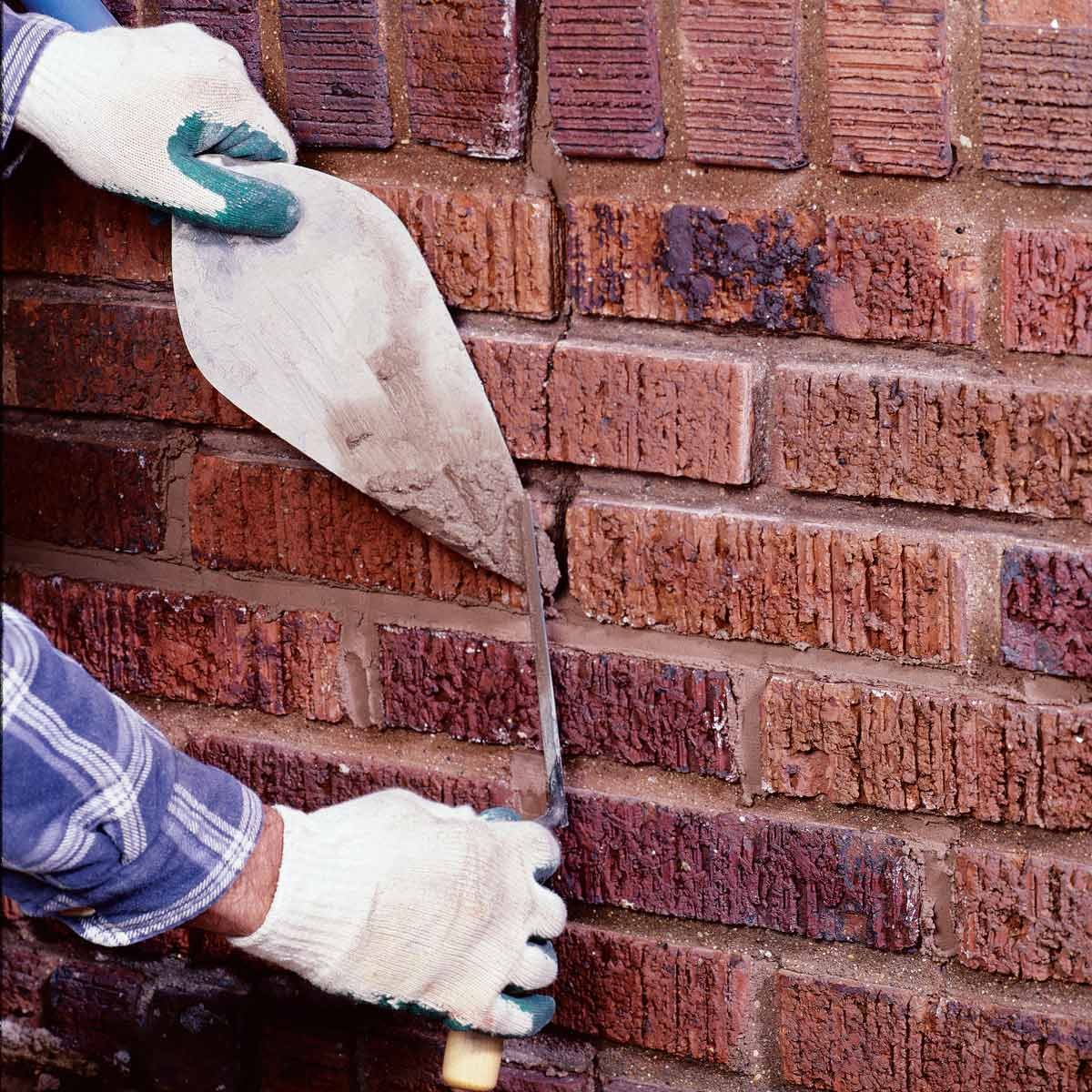
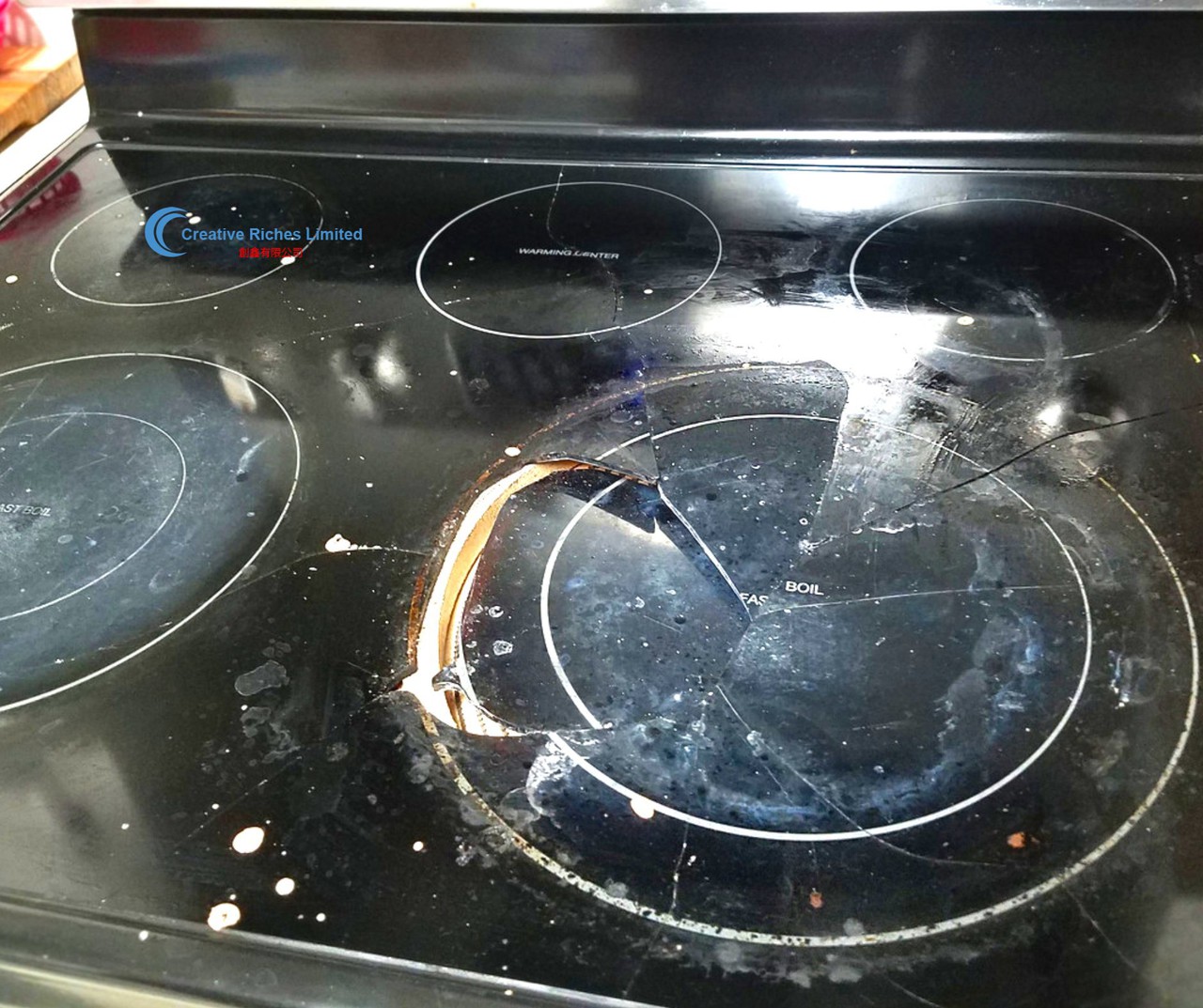
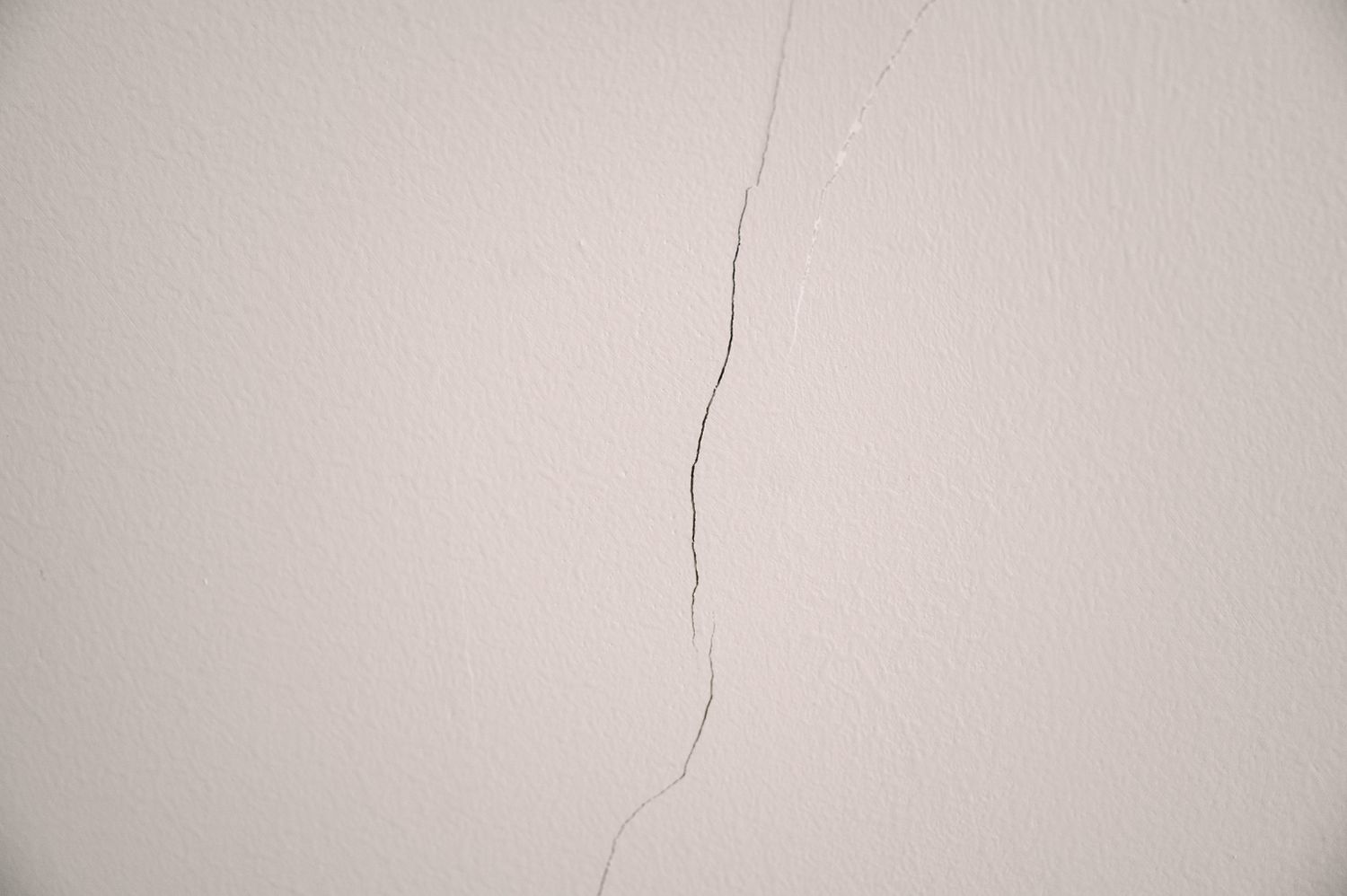
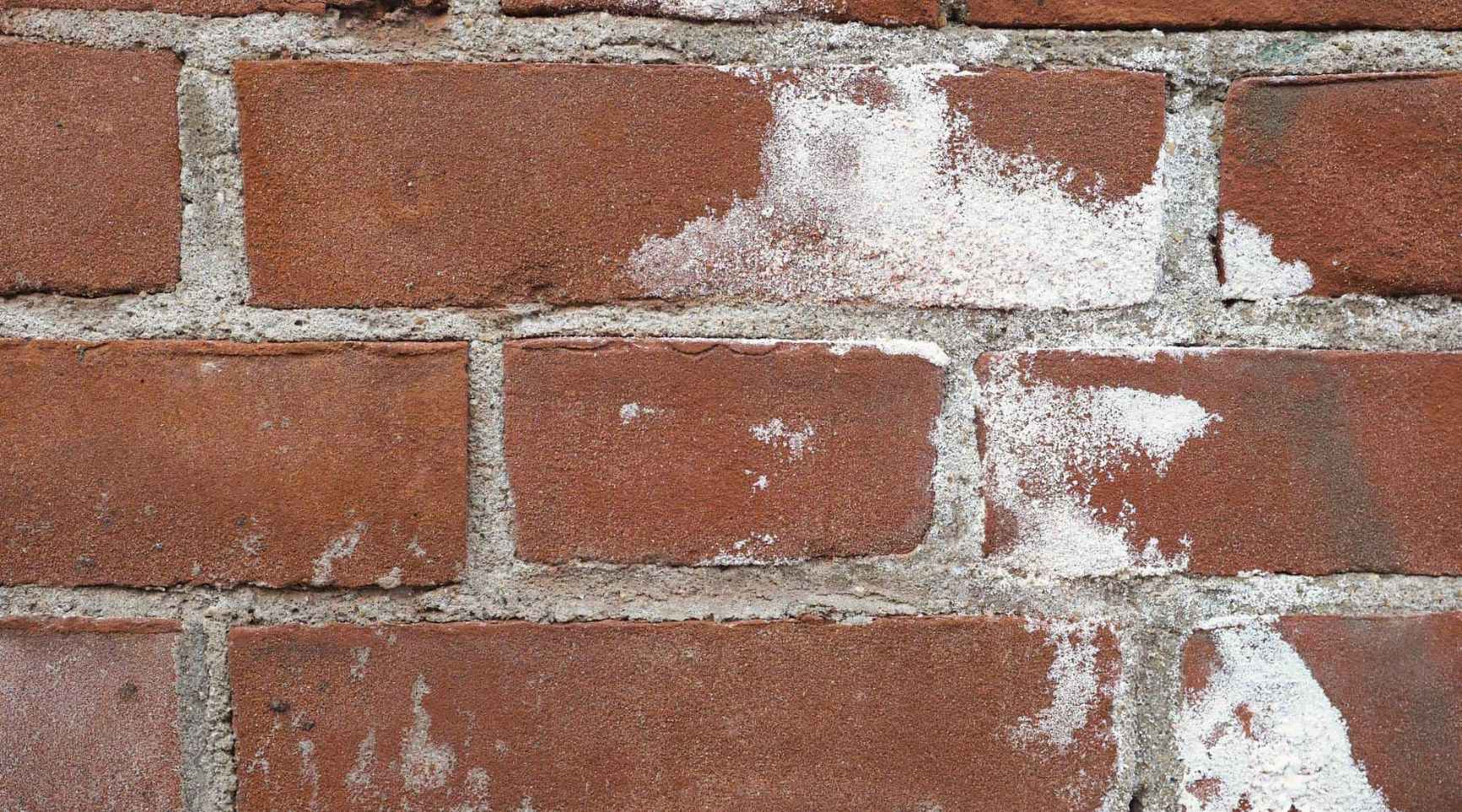
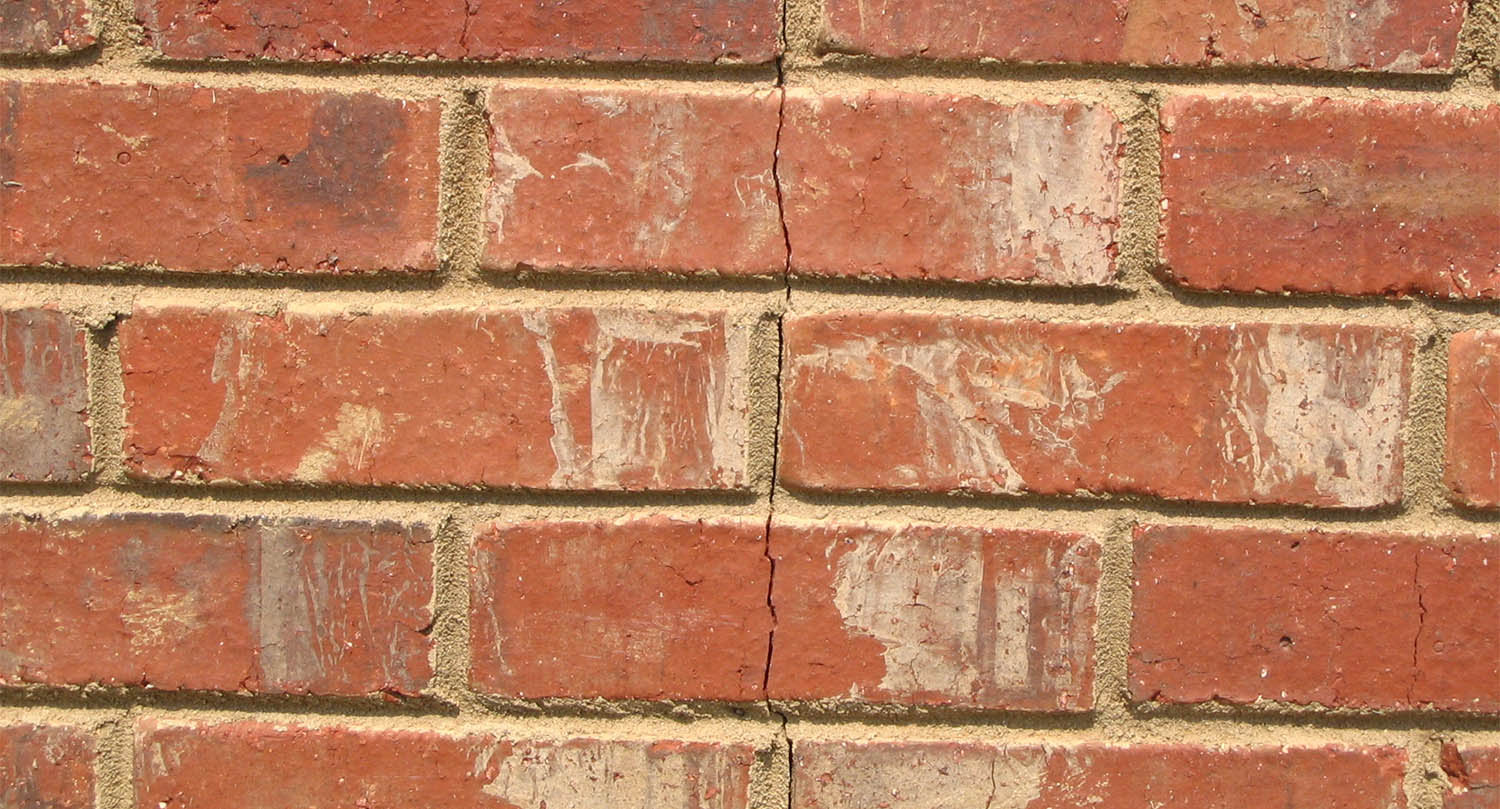
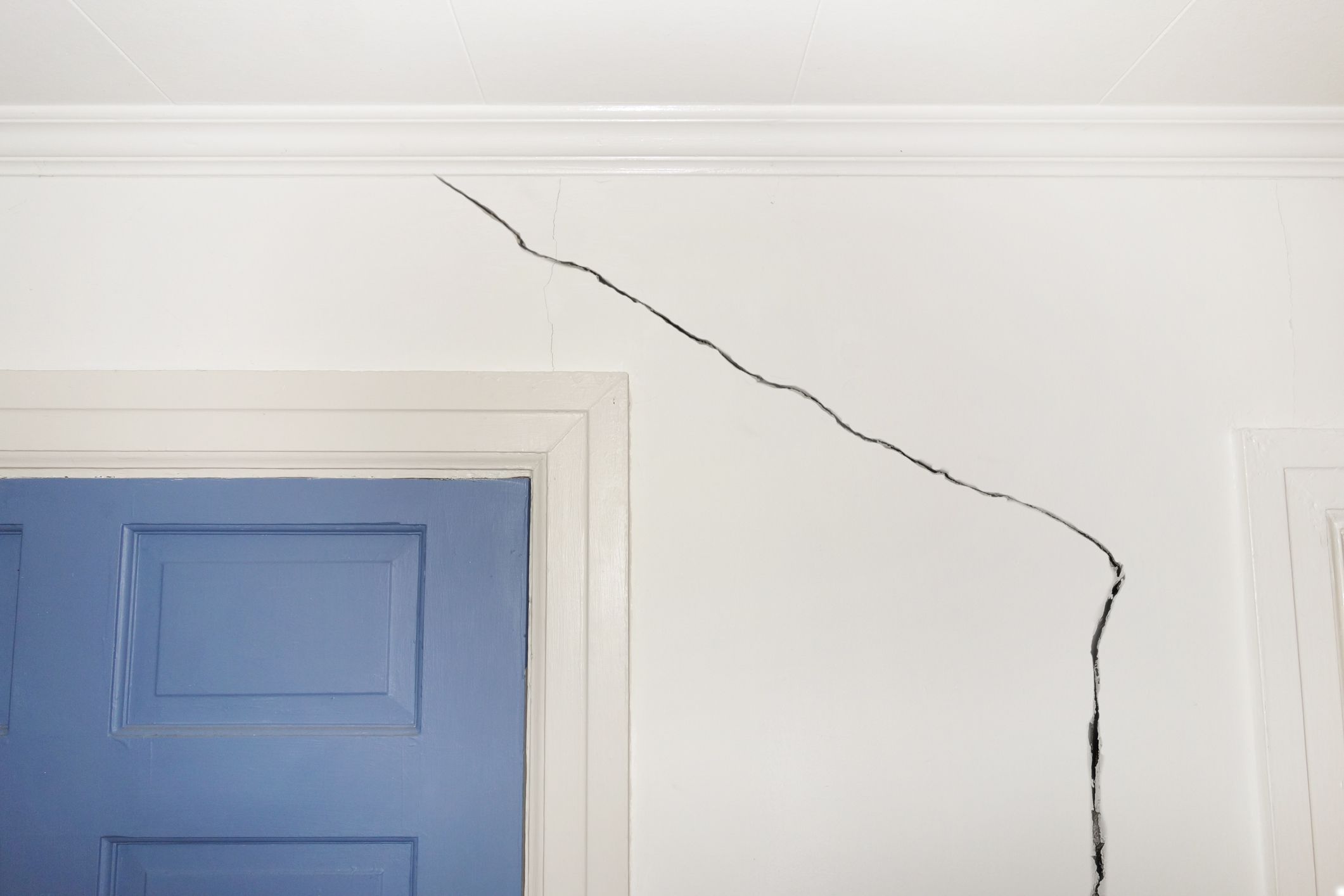
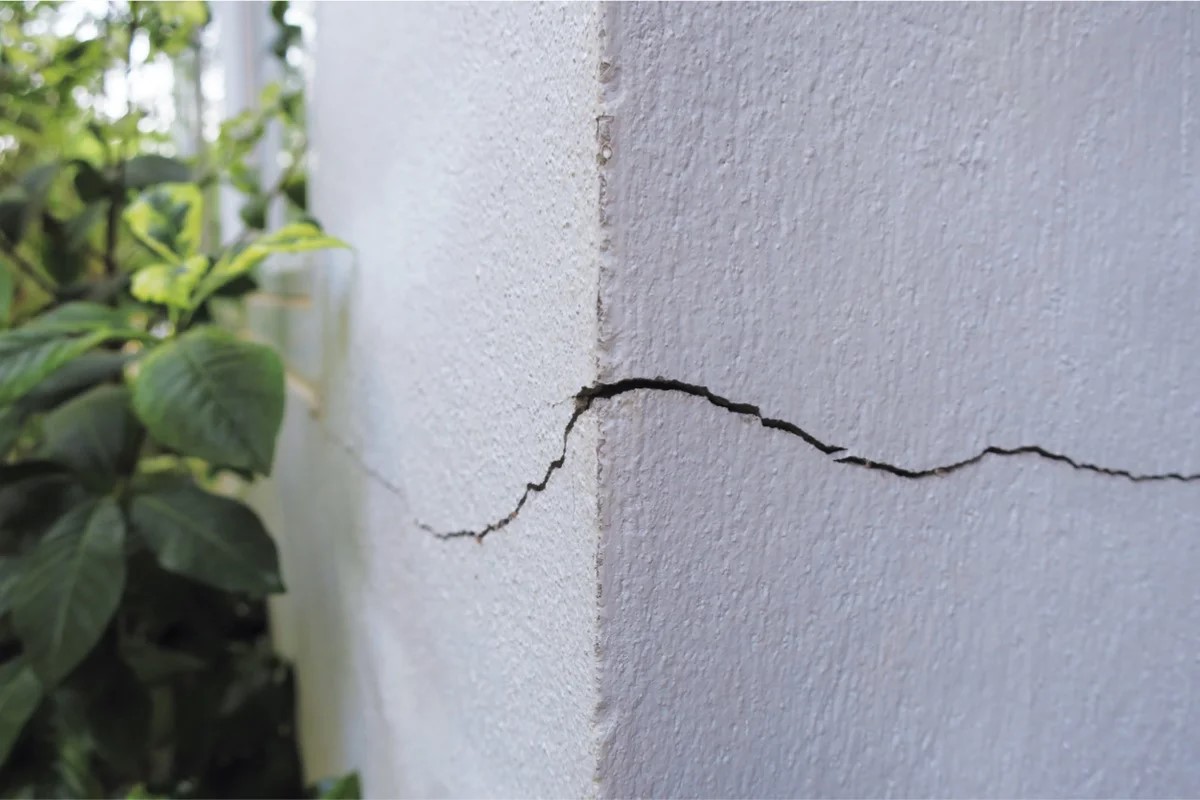
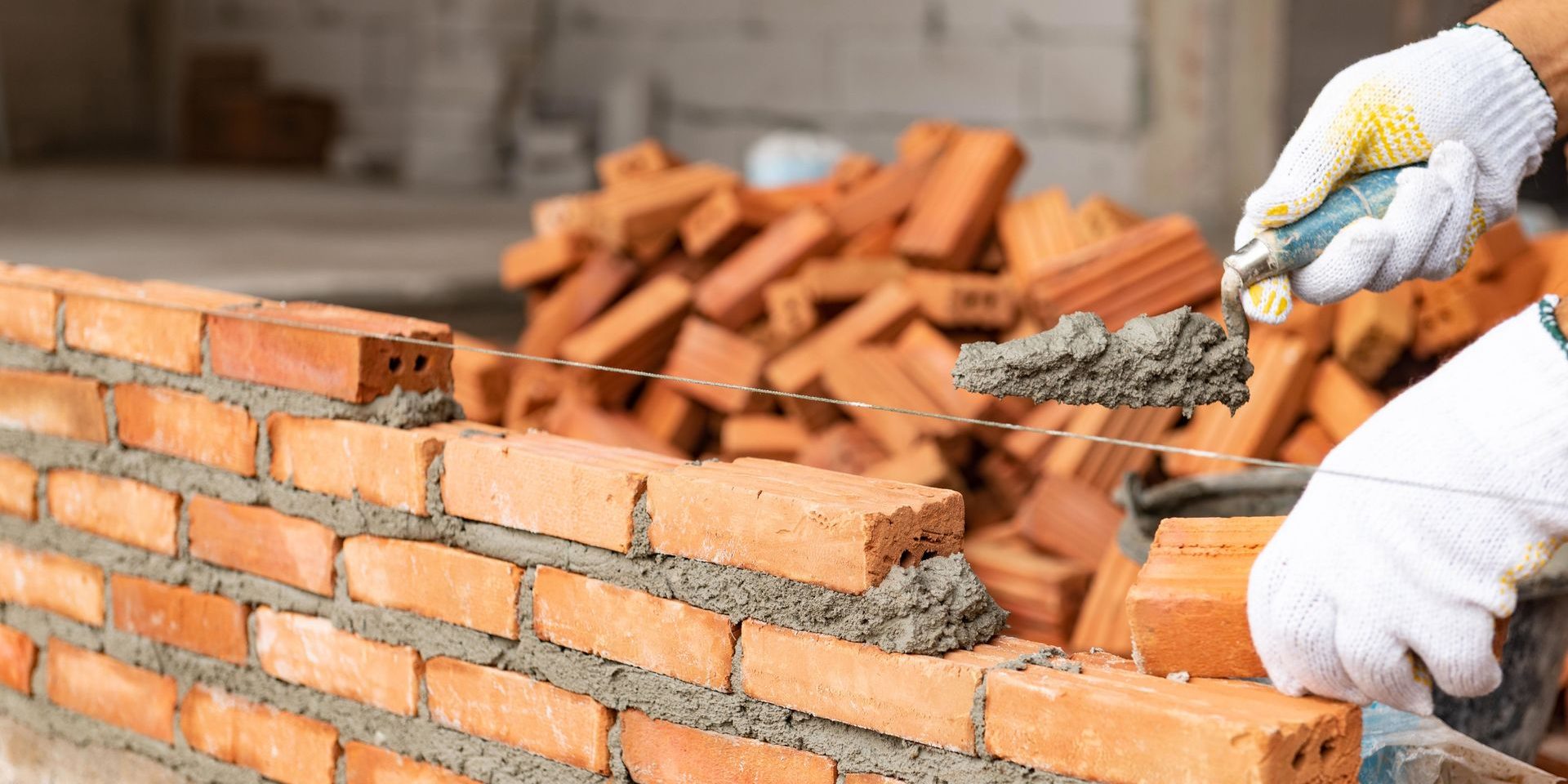
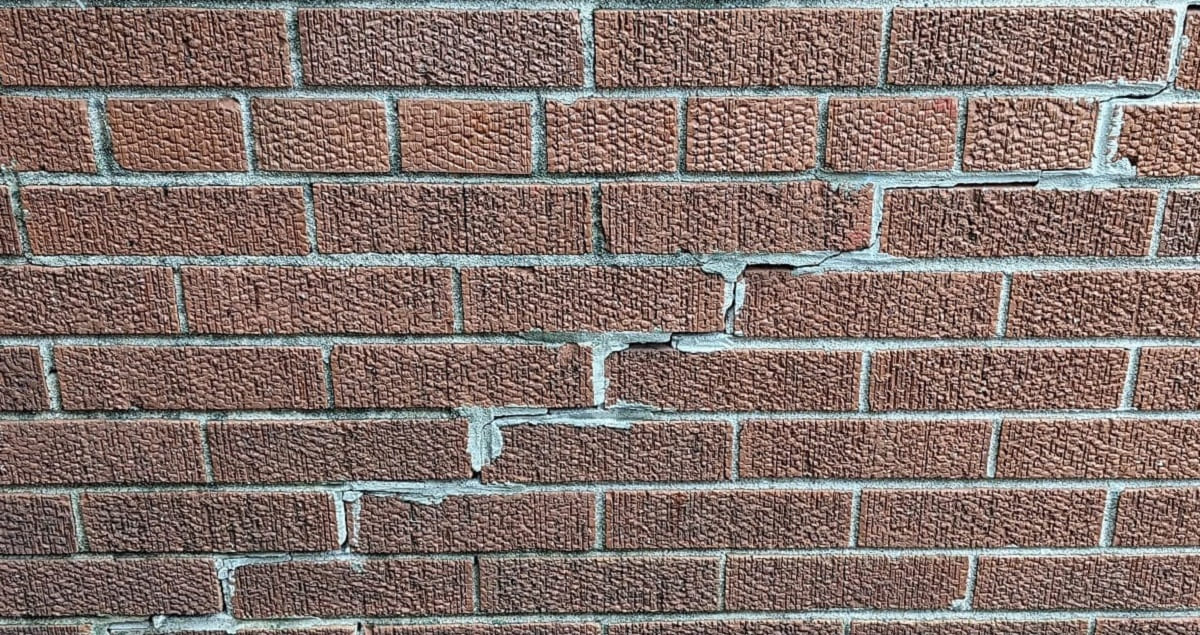
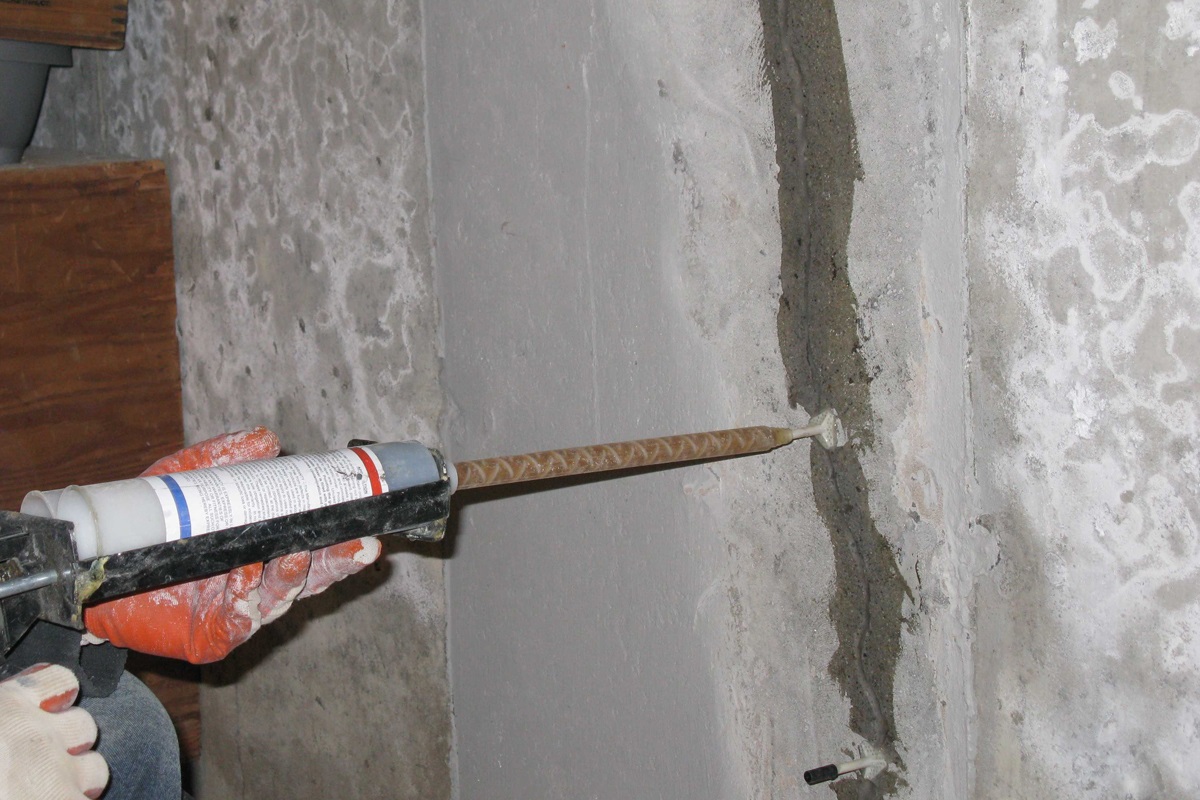

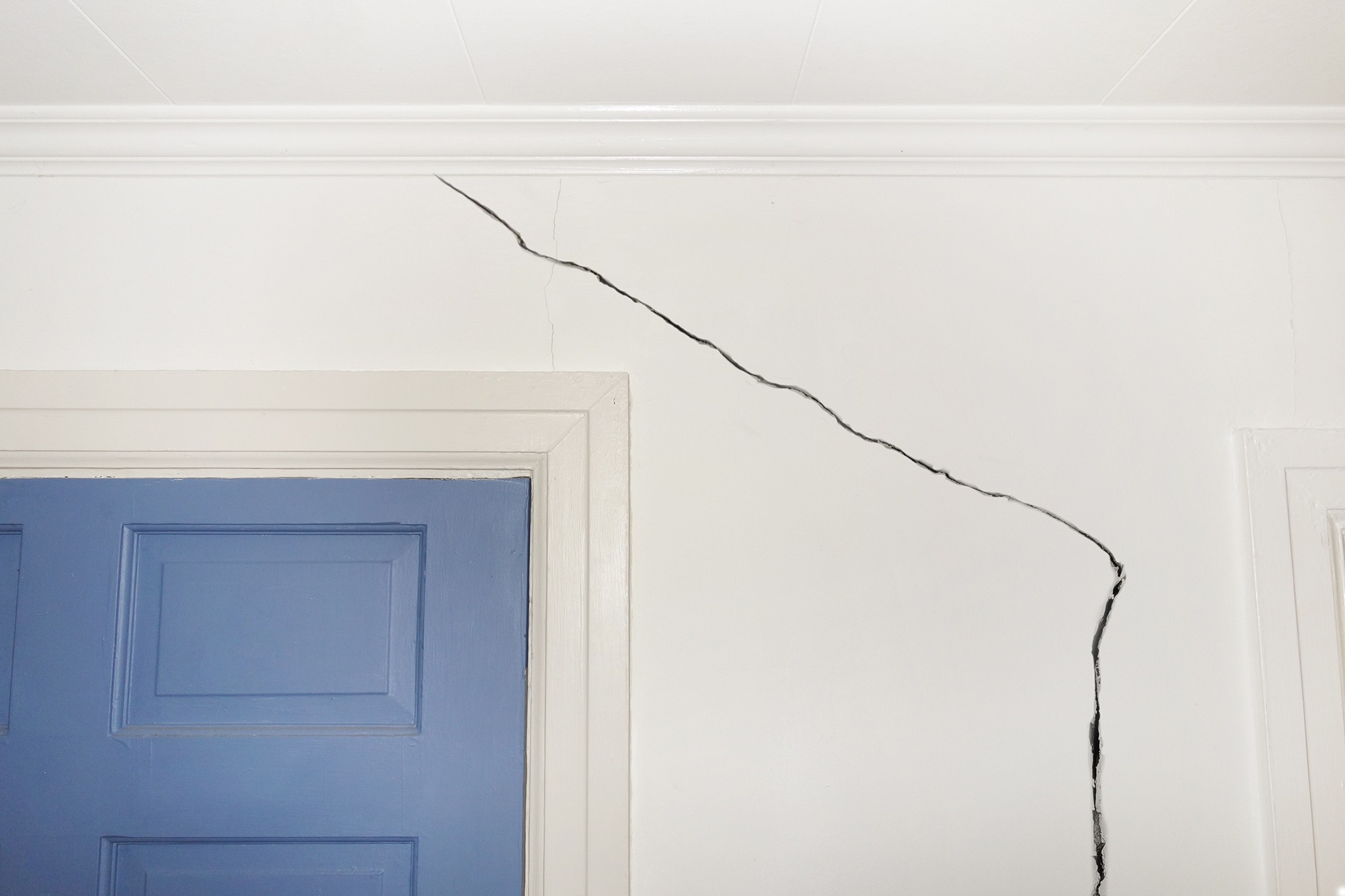
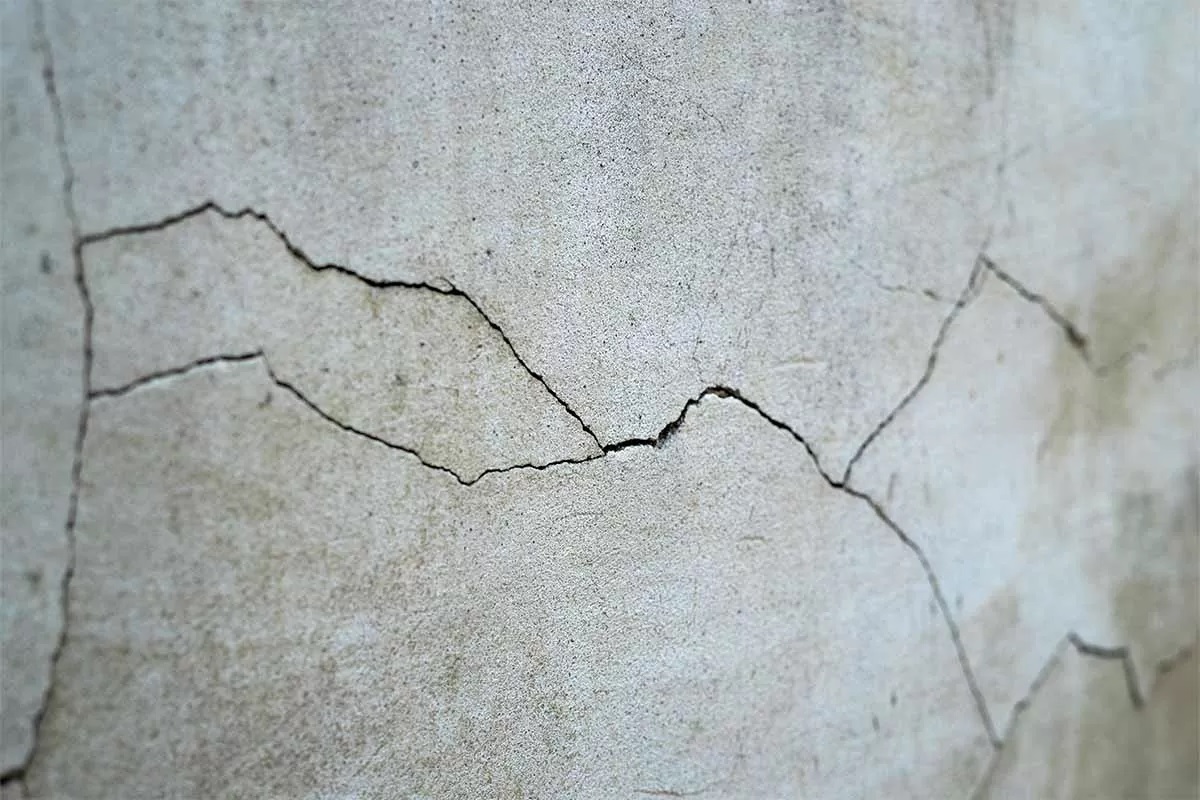
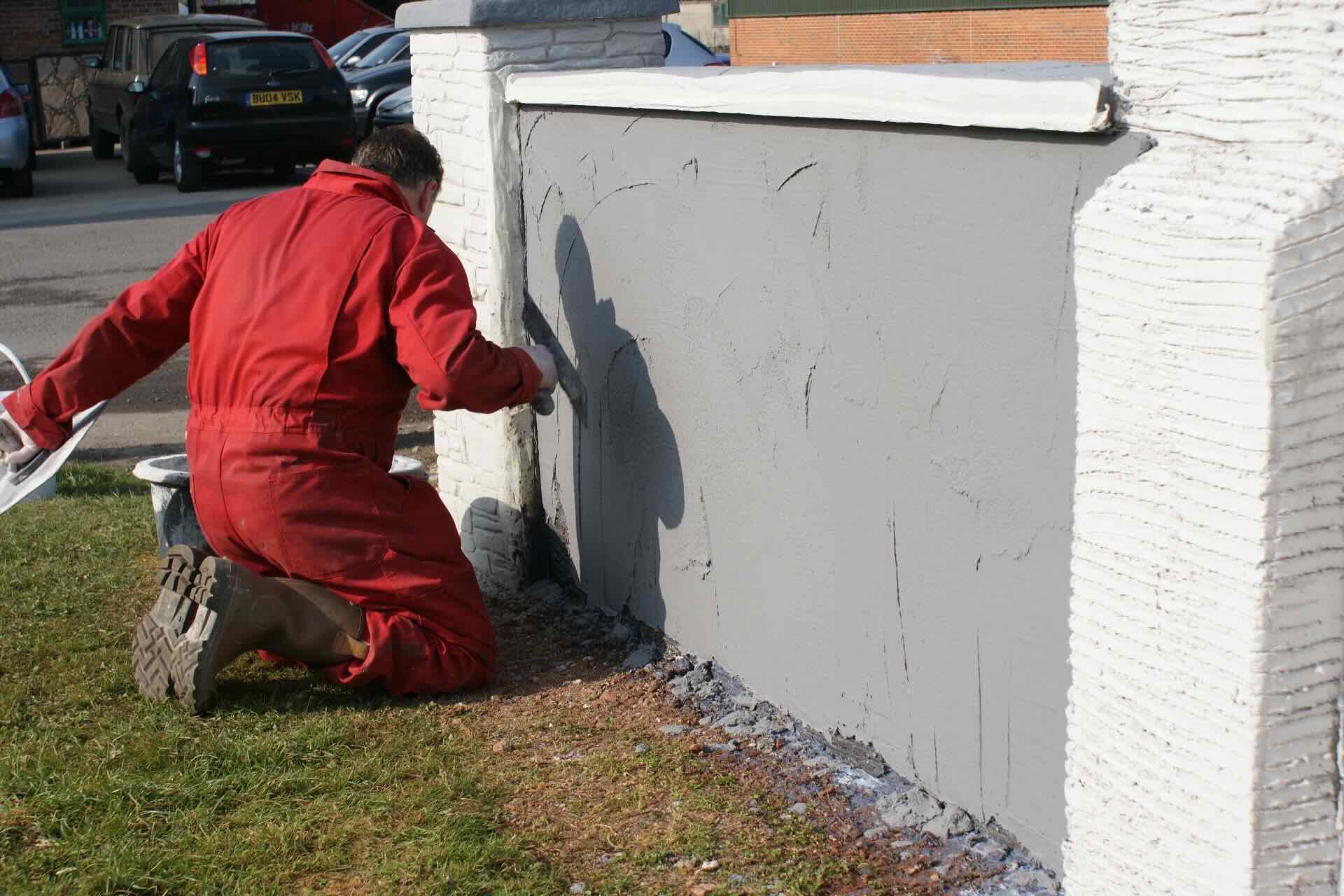

0 thoughts on “What Causes Cracks In Brick Walls”